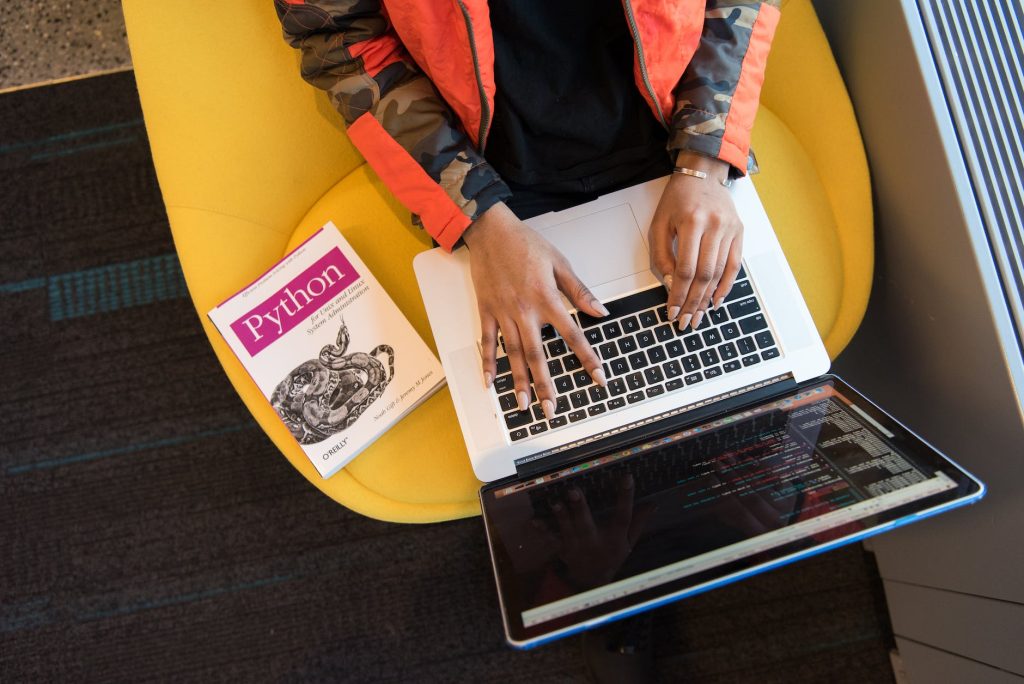In today’s hyper-connected world, social media has become an integral part of our lives. We use platforms like Facebook, Twitter, Instagram, and LinkedIn to stay connected with friends, family, and colleagues. While these platforms offer numerous benefits, they also come with inherent risks, particularly when it comes to security and privacy.
One of the major concerns related to social media is the compromise of personal information. With every post, like, comment, and share, we reveal a lot about ourselves. Hackers and cybercriminals are constantly on the lookout for such valuable information, which can be used for various malicious purposes, including identity theft and phishing attacks.
To safeguard your online social privacy, it is crucial to follow a few best practices. First and foremost, review and update your privacy settings on each social media platform you use. These platforms typically offer a range of options to control who can see your posts, photos, and personal information. By limiting the visibility of your content to a trusted network, you can significantly reduce the risk of unauthorized access.
Another important step is to be cautious about the information you share. Avoid posting sensitive data such as your address, phone number, or financial details. Even seemingly harmless information like your pet’s name or your mother’s maiden name can be used by cybercriminals to guess your passwords or answers to security questions.
It is also essential to be vigilant about the content you engage with on social media. Avoid clicking on suspicious links or downloading files from unknown sources. Malicious links can lead to malware infections or phishing attempts. Always verify the authenticity of a link before clicking on it, even if it appears to come from someone you know.
Furthermore, it is advisable to use strong, unique passwords for your social media accounts. Avoid using common or easily guessable passwords like ‘123456’ or ‘password.’ It is also a good idea to enable two-factor authentication whenever possible. This adds an extra layer of security by requiring a second form of verification, such as a text message or fingerprint, in addition to the password.
Regularly monitoring your social media accounts for unusual activity is another crucial step in maintaining social media security. Keep an eye out for any unrecognized logins, suspicious posts or messages, and unfamiliar followers or friends. If you notice anything suspicious, immediately report it to the social media platform and consider changing your password.
Lastly, be mindful of the information you provide to third-party applications that request access to your social media accounts. Before granting access, carefully review the permissions requested by the application and ensure they are necessary for its functionality. Additionally, regularly review and revoke permissions for applications you no longer use.
In conclusion, social media security should be a top priority for everyone using these platforms. By following the best practices mentioned above, you can minimize the risks associated with social media and maintain your online social privacy. Remember, it is essential to stay informed about the latest security threats and take proactive measures to protect yourself and your personal information. Stay safe and enjoy the benefits of social networking!


